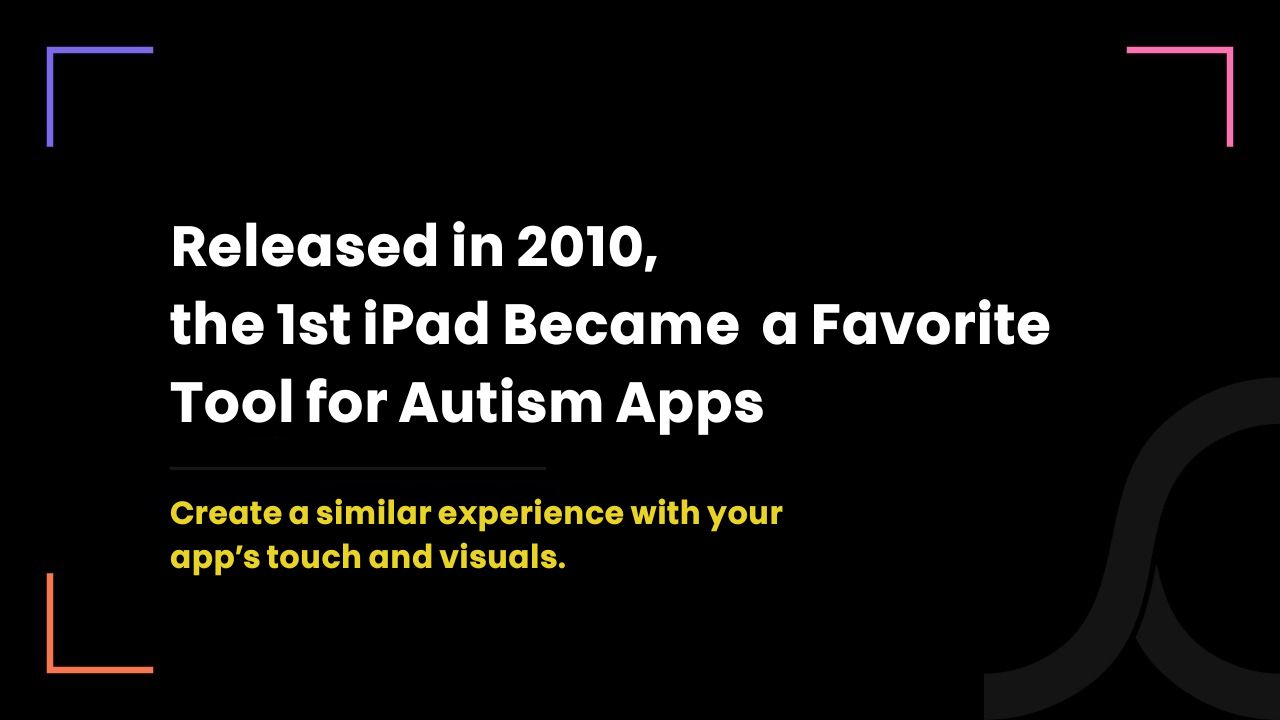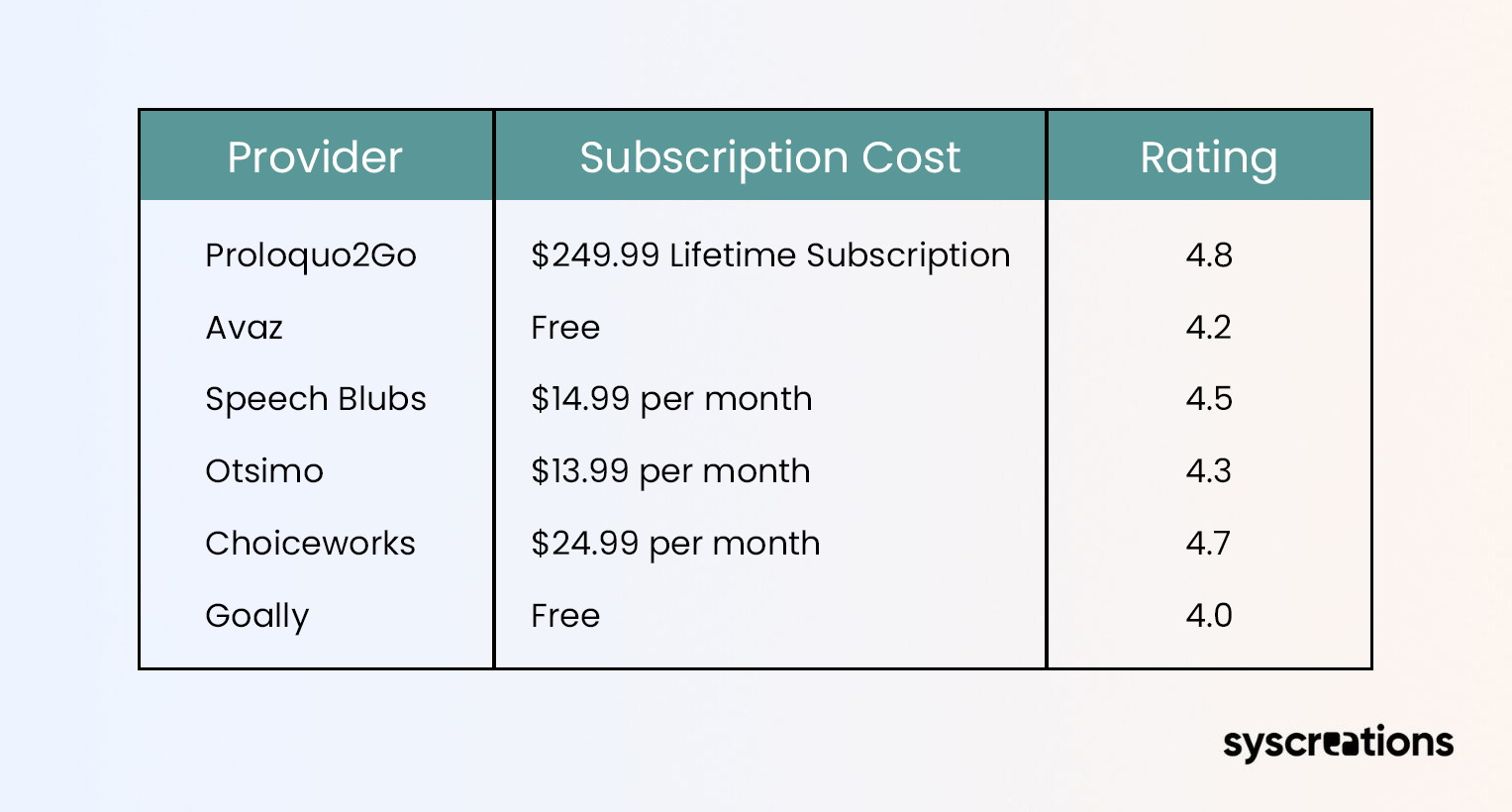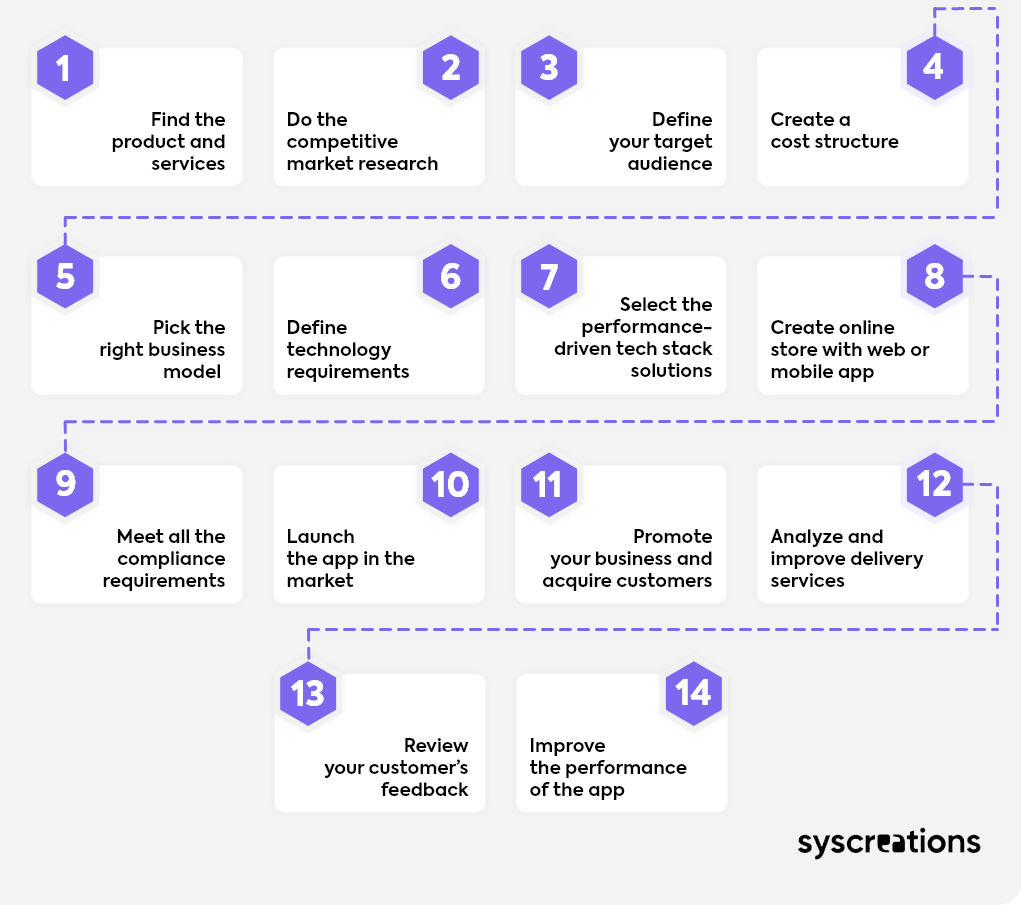How to Build a Profitable Autism App: App Ideas, Development Tips & Tech

1 year ago
Autism deeply impacts the lives of individuals and their families, presenting both unique challenges and remarkable opportunities for growth.
In Canada, about 1 in 66 children are diagnosed with Autism Spectrum Disorder (ASD), and this is a growing concern.
Globally, the World Health Organization notes that 1 in 100 children has ASD, and these numbers are on the rise.
For many families, finding the right support is both a personal journey and a pressing need.
Traditional therapies are essential, but there’s a growing wave of technology offering fresh, innovative ways to support those with autism.
Apps designed specifically for autism are making a real difference, offering new avenues for help and hope.
These digital tools are not just supplements but can play a key role in complementing existing treatments and enhancing everyday life.
Canada’s Top 6 Most Popular Autism Apps For Kids & Adults Which Are Making a Significant Impact

Proloquo2Go stands as a benchmark in the AAC app landscape.
Its success lies in its comprehensive feature set and user-centric design.
Core Features
- Customizable vocabulary: Users can tailor the app to specific needs.
- Flexible input methods: Supports touch, eye gaze, and switch access.
- High-quality voice output: Clear and natural-sounding synthesized speech.
- Visual supports: Offers a vast library of symbols and photos.
- Integration capabilities: Connects with other devices and platforms.
How It Works
Proloquo2Go employs a grid-based interface where users select symbols or words to construct sentences. These selections are then converted into spoken language.
The app's flexibility in customization and input methods ensures accessibility for a wide range of users.
Development Considerations
- Accessibility: Prioritize features like large text, high contrast options, and voice control.
- Customization: Allow users to personalize the app's appearance and functionality.
- Vocabulary Building: Explore methods for expanding vocabulary over time.
- Natural Language Processing: Investigate how NLP can enhance communication.

Avaz has gained popularity for its focus on core vocabulary, a fundamental approach to AAC.
By prioritizing high-frequency words, Avaz empowers users to communicate efficiently while building language skills.
Core Features
- Core vocabulary emphasis: Prioritizes essential words for everyday communication.
- Language expansion: Offers opportunities to introduce new vocabulary.
- Flexible interface: Customizable layout and design options.
- Progress tracking: Monitors language development over time.
- Multiple access methods: Supports various input options.
How It Works
Avaz presents core vocabulary options on the main screen, allowing users to quickly construct simple sentences.
As language skills grow, users can unlock additional vocabulary and create more complex utterances.
The app's focus on core vocabulary ensures that users have the tools to communicate effectively from the start.
Development Considerations
- Vocabulary Selection: Carefully choose core words based on research and user feedback.
- Language Progression: Design a system for gradual vocabulary expansion.
- Visual Supports: Utilize clear and consistent visual representations.
- User Testing: Involve users in the development process to refine the app.

Speech Blubs has successfully transformed speech therapy into an engaging and interactive experience.
By blending education with entertainment, the app motivates children to practice speech sounds and build language skills.
Core Features
- Game-based learning: Interactive activities targeting speech sounds and language skills.
- Professional guidance: Access to expert advice and support.
- Progress tracking: Monitors speech development over time.
- Multiple user profiles: Accommodates different children within a family.
How It Works
Speech Blubs offers a variety of games that focus on specific speech sounds and language goals.
Children interact with colorful characters and animations while completing speech-related tasks.
The app provides positive reinforcement and rewards to encourage continued engagement.
Development Considerations
- Child-Friendly Design: Create a visually appealing and engaging interface.
- Speech Science Integration: Collaborate with speech therapists to ensure accuracy.
- Adaptive Difficulty: Adjust game challenges based on user progress.
- Data Privacy: Protect children's data and privacy.

Otsimo stands out for its holistic approach to skill development, catering to a wide range of abilities and needs.
By offering a diverse array of activities, the app supports individuals on their unique learning journeys.
Core Features
- Skill-based activities: Covers social skills, cognitive development, daily living, and more.
- Visual supports: Utilizes images and animations to enhance understanding.
- Customizable learning plans: Allows users to create personalized learning paths.
- Progress tracking: Monitors skill development and achievements.
- Engagement features: Incorporates gamification elements to motivate users.
How It Works
Otsimo presents a variety of interactive activities that target specific skills.
Users can explore different modules and choose activities based on their interests and learning goals.
The app provides clear instructions and visual cues to support independent learning.
Development Considerations
- Skill Assessment: Implement tools to assess user abilities and tailor content accordingly.
- Adaptive Learning: Adjust activity difficulty based on user performance.
- Data Privacy: Ensure secure handling of user data and progress information.
- Accessibility: Prioritize features for users with visual or motor impairments.

Choiceworks excels at creating visual schedules that provide structure and predictability for individuals with autism.
By breaking down daily routines into manageable steps, the app fosters independence and reduces anxiety.
Core Features
- Customizable visual schedules: Create personalized schedules for daily activities.
- Visual supports: Uses images and symbols to represent tasks.
- Timers and alarms: Helps manage time and transitions.
- Progress tracking: Monitors adherence to schedules.
- Flexibility: Allows for adjustments to routines as needed.
How It Works
Choiceworks enables users to create visual schedules using a drag-and-drop interface.
Each step of a routine is represented by an image or symbol, providing a clear visual guide.
Users can set timers for each activity to promote time management skills.
Development Considerations
- User-Friendly Interface: Create an intuitive interface for both users and caregivers.
- Image Library: Offer a diverse range of images to accommodate different needs.
- Flexibility: Allow users to customize the appearance and layout of schedules.
- Data Security: Protect sensitive user information.

Goally offers a comprehensive approach to behavior management by combining goal setting, reward systems, and positive reinforcement.
The app empowers individuals to develop self-regulation skills and achieve personal goals.
Core Features
- Goal setting: Allows users to create and track personal goals.
- Behavior management tools: Includes reward systems, visual supports, and timers.
- Habit tracking: Monitors progress and provides feedback.
- Customization: Allows users to personalize the app's appearance and content.
How It Works
Goally encourages users to set achievable goals and break them down into smaller steps.
The app provides a visual representation of progress and offers rewards for completing tasks.
Users can also track habits and behaviors over time to identify patterns and celebrate successes.
Development Considerations
- Behavior Analysis: Collaborate with behavior analysts to ensure effective strategies.
- Positive Reinforcement: Implement a robust reward system to motivate users.
- Data Privacy: Protect sensitive user information related to behavior.
- User Support: Provide resources and guidance for caregivers.

Looking for Autism App Ideas? Check Out This List
1. Autism App for Communication
- Augmentative and Alternative Communication (AAC) tools
- Text-to-speech functionality
- Symbol-based communication
- Customizable vocabularies
2. Autism App for Behavior Management
- Visual scheduling tools
- Reward systems
- Goal-setting features
- Calming activities
3. Autism App for Educational
- Interactive learning exercises
- Skill-building exercises in math, reading, and problem-solving
- Gamified learning experiences
- Progress tracking
4. Autism App for Sensory
- Sensory input through visuals, sounds, and touch
- Customizable sensory environments
- Features for managing sensory overload
- Relaxation tools
Want to Build an Autism App? Here’s the Roadmap

If you're thinking about building an autism app, start by figuring out what area you want to focus on—whether it’s communication, behavior management, education, or sensory support.
Next, talk to families and healthcare professionals to understand their needs and wants, as well as the benefits your autism app can offer.
Make sure your app is easy to use and can be customized to fit different needs. Include important features like communication tools, visual schedules, educational activities, and sensory inputs.
Once you have the core features, test the app with real users to get their feedback. Use this feedback to make improvements.
Don’t forget to ensure your app complies with privacy and data security regulations.

How to Make Money and Keep Your Autism App Running Smoothly
1. Freemium Model
Offer a basic version of the app for free and provide premium features or content through in-app purchases or a subscription.
This allows users to try the app before committing to a paid version.
2. Subscription Service
Implement a subscription model where users pay a recurring fee for access to all features and updates.
Consider offering different subscription tiers to cater to various needs and budgets.
3. In-app purchases
Provide additional content or features that users can buy within the app.
This could include extra educational modules, personalized tools, or advanced customization options.
Why UI Matters in Autism Apps: Common Mistakes Developers Do
Creating an autism app isn’t just about technology; it’s about touching lives meaningfully.
For individuals with ASD, the user interface (UI) of an app can be the bridge between frustration and ease, confusion and clarity.
Imagine the challenges faced daily by those with autism—simple tasks can become overwhelming if an app isn’t designed with their needs in mind.
A cluttered or confusing interface can turn a valuable tool into a source of stress.
That’s why the UI is so crucial: it should make the app intuitive, comforting, and empowering for its users.
At SyS Creations, we deeply understand these challenges.
Our team, based in Burlington, isn’t just building apps; we’re crafting solutions that transform lives.
We have a dedicated group of over 50 professionals, including UI/UX designers passionate about creating accessible and engaging experiences for users with autism.
Ready to make a difference with your autism app?
Contact us at hello@syscreations.ca or call +1 905-635-7574 for a live demonstration.
